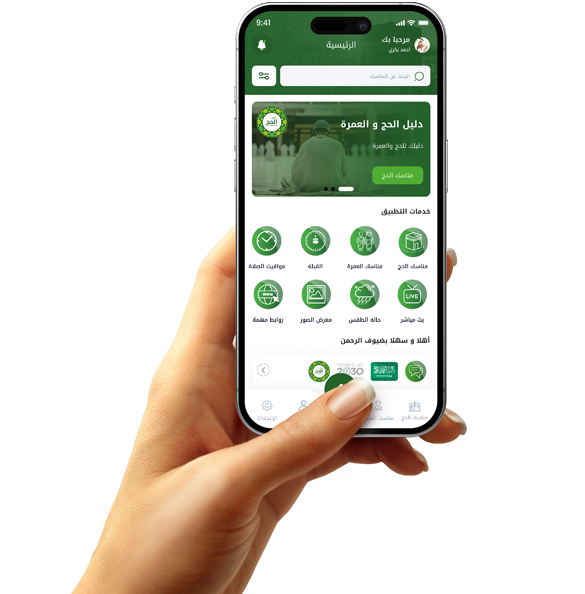The impact of regular updates on the success of your app

Regular updates mean a viable and growing app.
One of the most important indicators of any app's success is its continued development and improvement through regular updates.
An app that stops updating quickly becomes outdated and outdated, becoming outdated and out of step with market changes and user behavior.
Today's users don't view apps as static products, but rather as constantly evolving services.
Therefore, regular updates reflect a continuous improvement mindset, a key component of any successful app's lifecycle.
Each update is an opportunity to improve performance, speed up processes, and address user-facing bugs.
Constant interaction with usage data and reviews helps guide these updates effectively.
Even small changes to the user interface or improved loading speed make a huge difference to the experience.
Without updates, the app becomes incompatible with new operating system versions, leading to crashes.

How Regular Updates Help Improve User Experience
Every user who accesses your app is looking for a convenient, fast, and trouble-free experience.
This is where regular updates come in, as they continuously monitor and improve this experience.
With each update, you have the opportunity to solve a problem the user encountered or improve a specific interaction.
Apps that focus on improving the experience go beyond fixing bugs, but also add smart touches that delight the user.
An update may involve simplifying an interface or reducing the number of steps required to complete a process.
These improvements may not be immediately apparent to the user, but they are reflected in their behavior and satisfaction.
For example, reducing page load time by half a second creates an indirect sense of faster performance.
This positive impression cannot be achieved without careful monitoring and continuous improvement through updates.
Updates also show the user that you are listening to them and taking their feedback seriously.
If they write a comment about a feature they didn't like and find that it has been removed or improved in the next update, they will feel a sense of belonging.
Constant engagement with reviews and responding to them with an actual update increases user loyalty.
This relationship between user and developer is built step by step, and updates are the strongest bridge of communication.

Regular updates reduce bugs and maintain stability.
Every app is prone to bugs, whether minor or directly impacting the user experience.
But the difference between an app that quickly addresses issues and one that ignores them lies in the frequency of updates.
Regular updates are the first line of defense against accumulating bugs and recurring technical issues.
When you release a regular update, you address issues before they become reasons to abandon the app.
Sometimes, a user encounters a minor bug, but its recurrence and lack of fixing can make them feel neglected and lead to their deletion.
With continuous updates, the app remains at its best in terms of performance and stability.
Each time the software architecture is updated, it enhances stability and reduces the chances of sudden crashes or failures.
This gives the user a sense of security and confidence, especially when performing sensitive operations such as payments or registration.
Also, with changes in operating systems, some functions may break if the app is not updated to keep pace.

Updates are a way to keep up with changing user expectations.
Users' needs are constantly changing, and what was adequate a year ago may not be acceptable today.
For this reason, apps need continuous updates to keep up with audience expectations and satisfy their technical curiosity.
Users have become more discerning, constantly comparing apps based on features and ease of use.
If you don't keep up with these changes, you'll fall out of favor, even if your product is already strong.
Regular updates keep you closer to user needs and demonstrate that you're listening to their voices.
By analyzing feedback, you can understand what the user wants and present it in a professional manner in an upcoming update.
Updates are even a smart marketing tool when you announce a long-awaited new feature.
Users feel satisfied because they see their suggestion implemented and feel that the app team is listening and caring.
Global trends in design and interaction are also changing rapidly, and apps must keep up.
If users become accustomed to a particular navigation or display style and miss it in your app, they'll look for an alternative.















